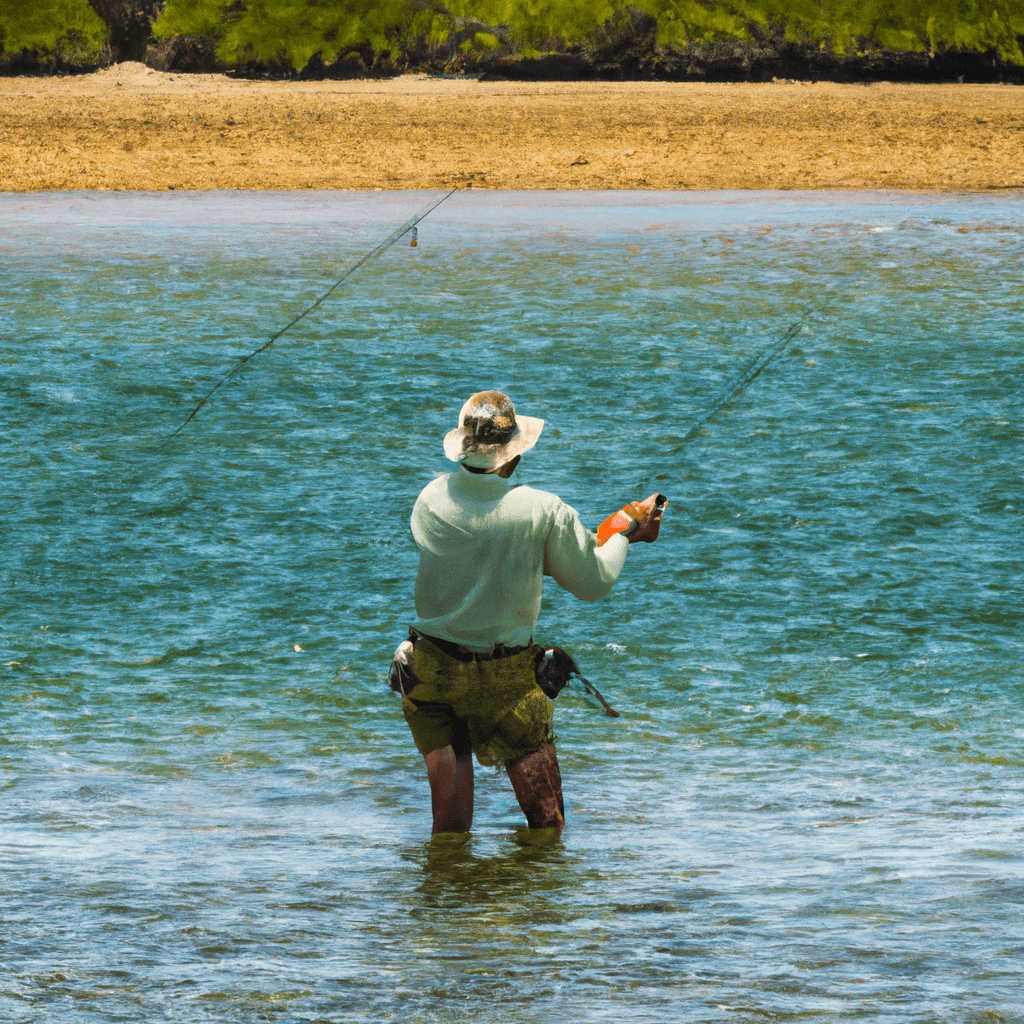Are you tired of struggling to catch tarpon? Well, fret no more!
In this article, we will explore the exciting advancements in tarpon fishing techniques that are revolutionizing the sport.
From the evolution of bait and lures to cutting-edge sonar technology, you’ll discover how these innovations are helping anglers like yourself catch more tarpon than ever before.
So, grab your gear and get ready to take your tarpon fishing game to the next level!
Evolution of Tarpon Bait and Lures
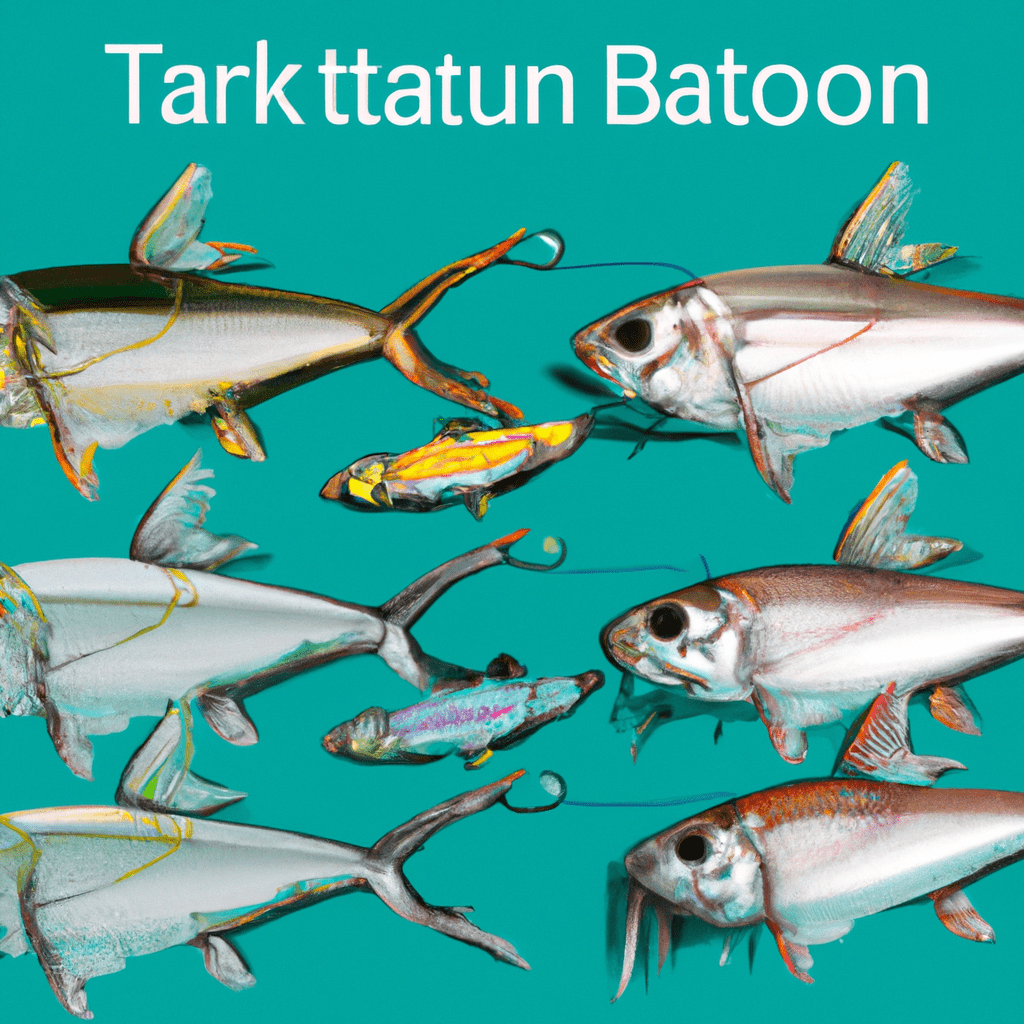
Have you ever wondered how tarpon bait and lures have evolved over time?
Tarpon fly fishing techniques have undergone significant changes, especially when it comes to the bait and lures used. In different water conditions, such as clear or murky waters, the choice of bait and lures can make a difference in the success of your tarpon fishing expedition.
As tarpon are known for their aggressive nature, fly fishing has become a popular technique. Fly patterns have been developed to mimic the natural prey of tarpon, such as shrimp, crabs, or baitfish. These patterns are designed to attract the attention of tarpon, enticing them to strike.
Additionally, advancements in lure technology have led to the creation of realistic imitations that can effectively fool tarpon in various water conditions. From traditional bait to innovative lures, the evolution of tarpon fishing techniques continues to enhance the angler’s chances of success.
Cutting-Edge Sonar Technology for Tarpon Spotting
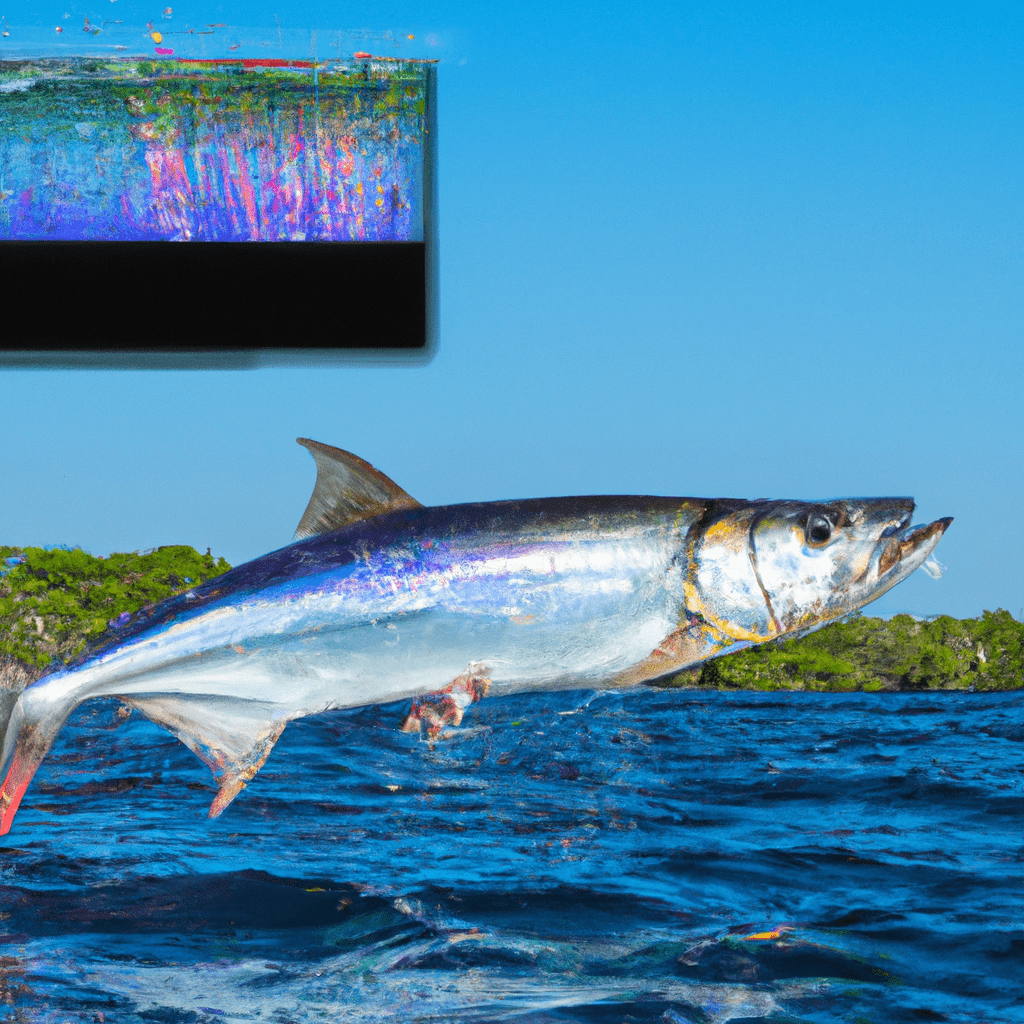
You can now use state-of-the-art sonar technology to enhance your tarpon fishing experience.
With the help of underwater drones and real-time fish tracking software, you can locate and spot tarpon more efficiently than ever before.
Underwater drones equipped with advanced sonar systems can provide detailed images of the underwater environment, allowing you to identify potential tarpon hotspots. These drones can also track the movement of tarpon in real-time, providing you with valuable information on their behavior and patterns.
Additionally, the integration of real-time fish tracking software further enhances your ability to locate tarpon, as it allows you to analyze and interpret the data collected by the sonar technology.
Advanced Knot Tying Techniques for Tarpon Fishing
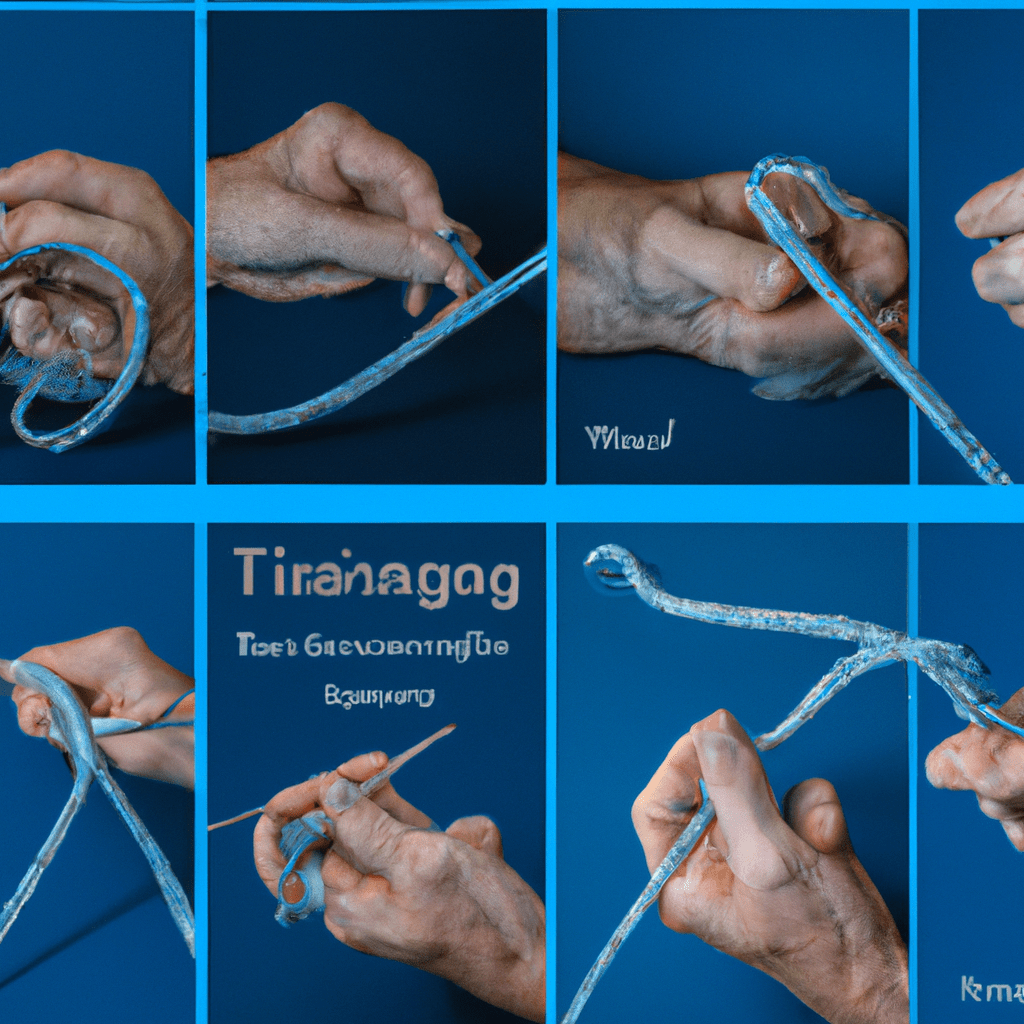
Using specialized knot tying techniques, you can secure your fishing line to withstand the powerful strikes and acrobatic jumps of tarpon. When it comes to tarpon fishing, it’s crucial to have strong and reliable knots that can handle the immense force and sudden movements of these formidable fish.
Specialized baitcasting techniques and tarpon fly fishing strategies require specific knots that provide maximum strength and durability. One such knot is the Bimini Twist, which creates a double line that increases the line’s strength and prevents it from breaking under pressure.
Another effective knot is the Tarpon Loop Knot, which allows for better movement and presentation of the fly. These advanced knot tying techniques ensure that your line stays secure and increases your chances of successfully landing a tarpon.
Innovations in Tarpon Rods and Reels
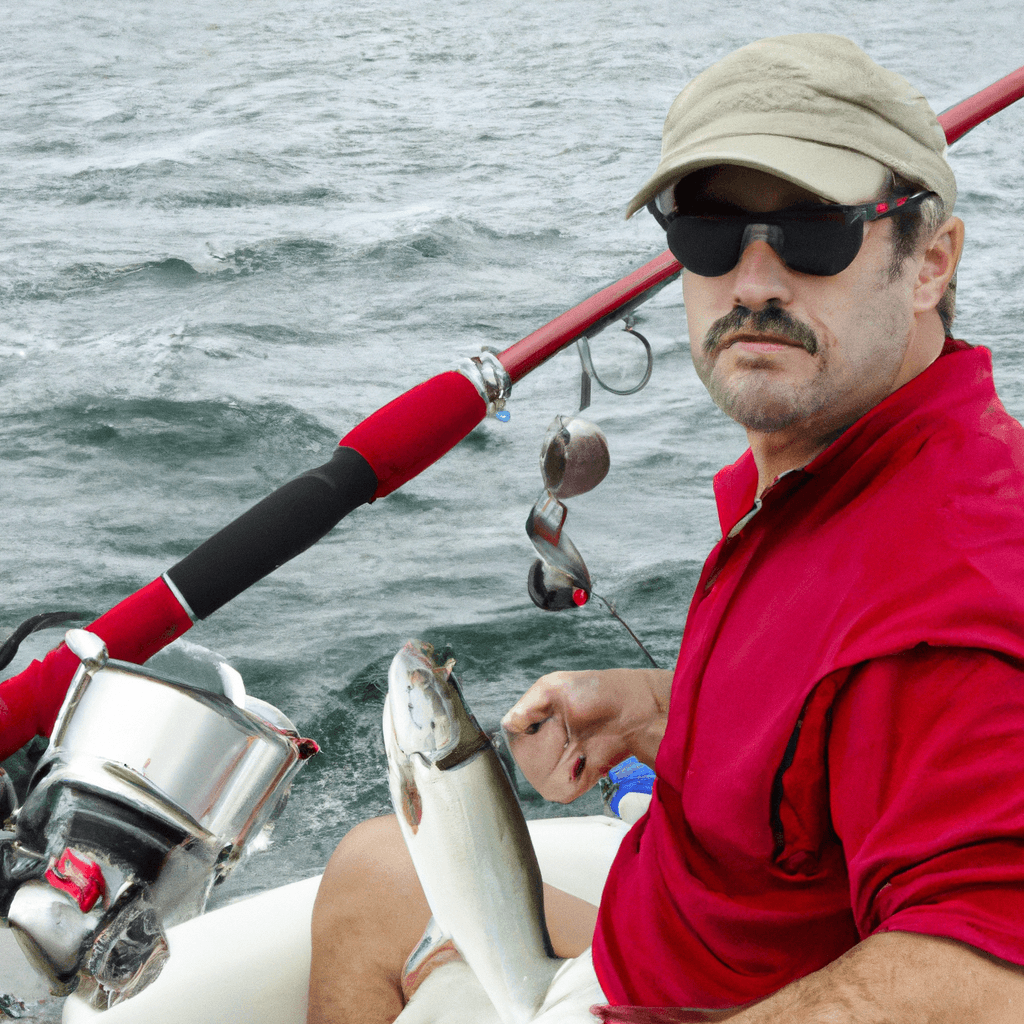
With advancements in technology and design, tarpon rods and reels have become more efficient and user-friendly for anglers. These innovations have revolutionized the way tarpon fishing is approached, allowing for improved techniques and increased success rates.
Here are four advancements in tarpon fishing gear that have significantly impacted the sport:
- Lightweight Materials: Modern tarpon rods and reels are constructed using lightweight materials such as carbon fiber and aluminum alloys. This reduces fatigue during long fishing sessions and allows for more precise casting and retrieval.
- Increased Durability: Tarpon fishing gear is now built to withstand the punishing fights and powerful runs of these mighty fish. Reinforced frames, corrosion-resistant components, and advanced drag systems ensure that the equipment can handle the stress of battling tarpon.
- Enhanced Drag Systems: The development of advanced drag systems has provided anglers with more control over the fight. Smooth and powerful drag systems allow for precise adjustments, preventing line breaks and increasing the chances of landing a tarpon.
- Improved Line Capacity: Tarpon reels now offer larger spool capacities, allowing for increased line capacity. This is crucial when tarpon make long runs, ensuring that anglers have enough line to tire the fish and bring it to the boat.
These advancements in tarpon fishing gear haven’t only made the sport more enjoyable but have also contributed to the evolution of tarpon fishing techniques, enabling anglers to target and catch these magnificent fish with greater efficiency.
Adapting to Changing Tarpon Migration Patterns

To effectively navigate the changing tarpon migration patterns, anglers must employ strategic location scouting and precise timing. The impact of climate change on tarpon migration has resulted in shifts in their traditional routes and timing. As a result, anglers now find themselves in unfamiliar fishing grounds, requiring new strategies for locating tarpon. One effective strategy is to study historical migration patterns and track changes over time. By understanding the factors that influence tarpon migration, such as water temperature and food availability, anglers can predict where they are likely to be. Additionally, using advanced technology like satellite imagery and fish finders can provide valuable information about the location of tarpon. By adapting to these changing patterns and employing effective strategies, anglers can continue to enjoy successful tarpon fishing experiences.
| Strategies for Locating Tarpon in Unfamiliar Fishing Grounds | |
|---|---|
| 1. | Study historical migration patterns and track changes over time. |
| 2. | Understand factors that influence tarpon migration. |
| 3. | Utilize advanced technology like satellite imagery and fish finders. |
| 4. | Adapt and adjust strategies based on observed patterns and conditions. |
Frequently Asked Questions
What Are the Best Locations for Tarpon Fishing?
The best locations for tarpon fishing are the top tarpon fishing destinations, such as Florida, the Florida Keys, and Costa Rica. The best bait for tarpon fishing is live mullet or crabs.
How Can I Increase My Chances of Catching a Trophy-Sized Tarpon?
Want to increase your chances of catching a trophy-sized tarpon? Look no further! Upgrade your tarpon fishing tackle and gear. With advancements in technology, you’ll be reeling in that monster in no time!
Are There Any Special Techniques for Fishing During Different Seasons?
During different seasons, you can employ seasonal strategies to increase your chances of catching trophy-sized tarpon. Using specialized bait can also be effective. These techniques have been proven to be successful in tarpon fishing.
What Is the Ideal Time of Day for Tarpon Fishing?
The ideal time of day for tarpon fishing is in the early morning or late afternoon when they are most active. Use the ideal bait and consider tarpon feeding patterns to increase your chances of success.
How Can I Effectively Release a Tarpon Without Causing Harm to the Fish?
To effectively release a tarpon without causing harm, practice proper tarpon handling techniques and conservation practices. By avoiding excessive handling, using barbless hooks, and supporting the fish in the water, you can ensure its survival.

